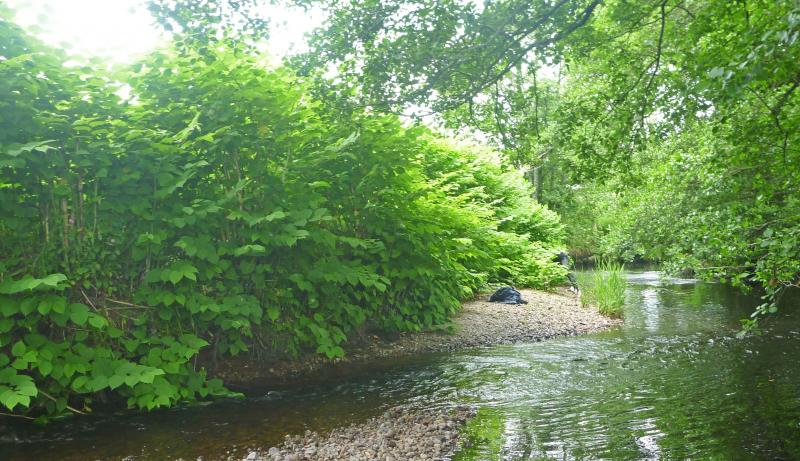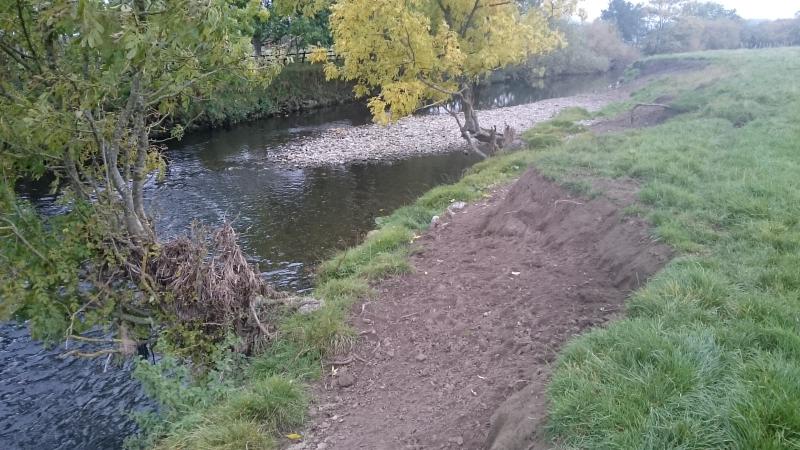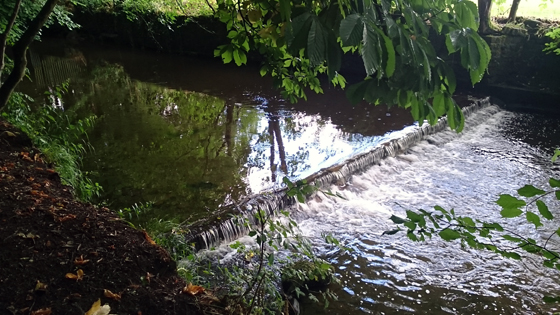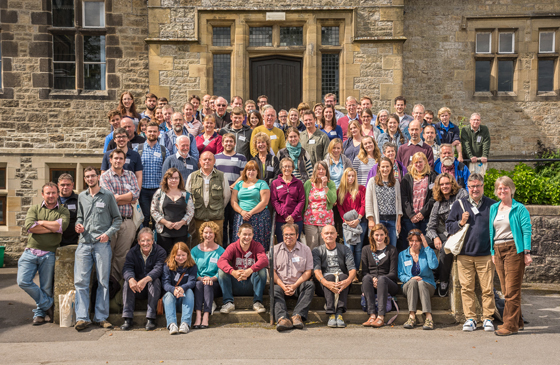I’ve been looking forward to this moment for quite some time now…..well, at least a year. The monitoring of my pet project from pre-intervention (weir notching and removal / partial demolition over six structures) to several years post is quite revealing, and I’ll let the data do the talking.
Now, as a scientist, I know there are a few caveats associated with the figure above. But as there was no specific funding pot for the monitoring of the works for this duration, I am making the best of the situation. So, all surveys were carried out in each of the years for roughly the same amount of time (effort), over similar distances, using similar kit, and roughly the same time of year (although 2018 was a little later because of the incredibly dry spring / summer we have just experienced). Ideally, all of these parameters would have been standardised; ie identical each time.






